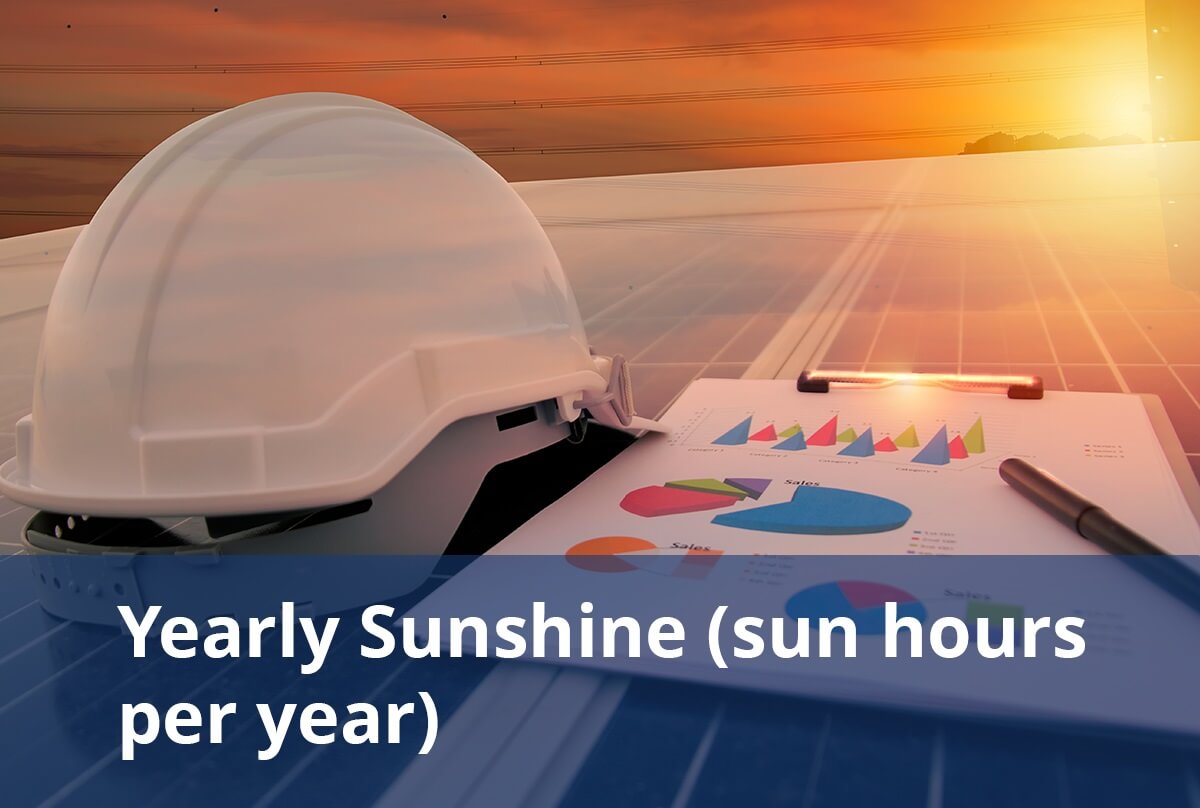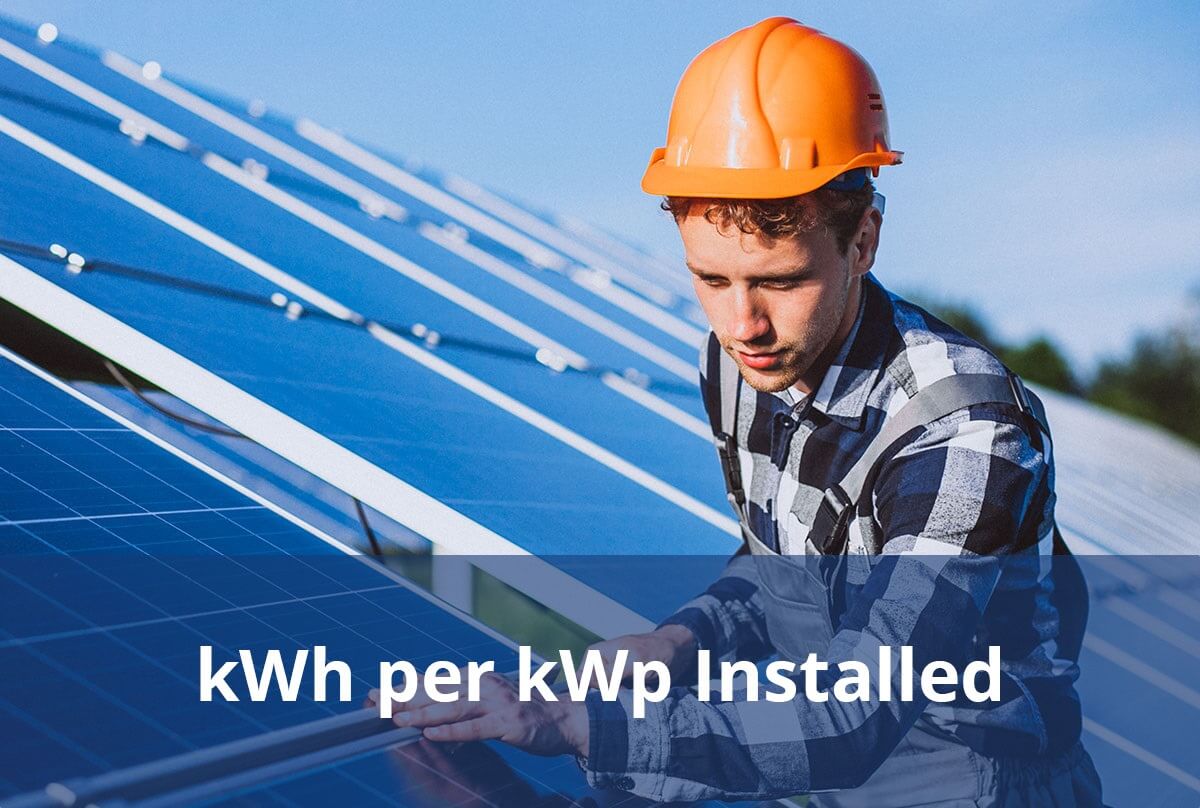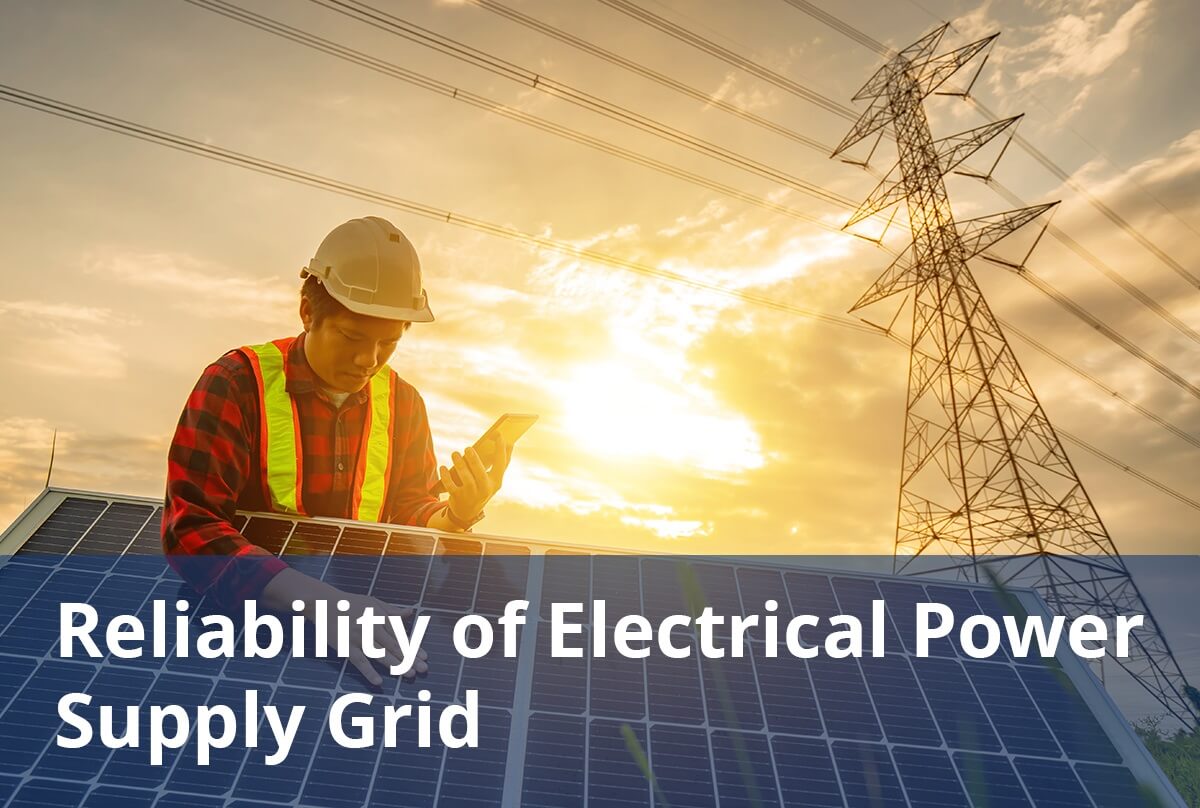Discover comprehensive insights into the statistics, market trends, and growth potential surrounding the solar panel manufacturing industry in Thailand
- Sunrise and sunset in Thailand. Retrieved July 18,2024 https://www.worlddata.info/asia/thailand/sunset.php#google_vignette
- Energy profile thailand (irena). Retrieved July 18,2024 https://www.irena.org/-/media/Files/IRENA/Agency/Statistics/Statistical_Profiles/Asia/Thailand_Asia_RE_SP.pdf
- Thailand electricity prices. Retrieved July 18,2024 https://www.globalpetrolprices.com/Thailand/electricity_prices/
- Asean energy data base system. Retrieved July 18,2024. https://aseanenergy.org/news-clipping/thailand-to-use-smart-grid-to-predict-outages/
- Technology collaboration programme. Retrieved July 18,2024 https://iea-pvps.org/wp-content/uploads/2022/09/NSR-of-PV-Power-Applications-in-Thailand-2021.pdf#:~:text=URL%3A%20https%3A%2F%2Fiea
- Clean technical. Retrieved July 18,2024 https://cleantechnica.com/2024/02/16/thailands-floating-solar-solution/
- Energy policy and planning office, Minister of energy[Thailand]. Retrieved July 18,2024. https://www.eppo.go.th/index.php/en/en-energystatistics/electricity-statistic
- Thailand country report. Retrieved July 18,2024. https://www.eria.org/uploads/media/Books/2021-Energy-Outlook-and-Saving-Potential-East-Asia-2020/23_Ch.16-Thailand-1603.pdf#:~:text=URL%3A%20https%3A%2F%2Fwww.eria.org%2Fuploads%2Fmedia%2FBooks%2F2021
- Thailand clean electricity transition. Retrieved July 18,2024. https://www.iea.org/reports/thailands-clean-electricity-transition
- Solar panel installations. Retrieved July 18,2024 https://list.solar/news/solar-panel-installations-thailand-benefits-overview/
- Spcg readies solar farm growth. Retrieved July 18,2024 https://www.bangkokpost.com/business/general/2650415/spcg-readies-solar-farm-growth-in-eec
- PV magazines. Retrieved July 18,2024. https://www.pv-magazine.com/2024/03/11/hydro-solar-hybrid-starts-commercial-operations-in-thailand/
- Technology collaboration programme. Retrieved July 18,2024. https://iea-pvps.org/wp-content/uploads/2022/09/NSR-of-PV-Power-Applications-in-Thailand-2021.pdf
- Global off grid solar PV panels market. Retrieved July 18,2024. https://www.maximizemarketresearch.com/market-report/global-off-grid-solar-pv-panels-market/81271/
- Solar power in thailand, Retrieved July 18,2024. https://www.tycorun.com/blogs/news/solar-power-in-thailand?srsltid=AfmBOopviOZCg1cdhWRqctFszlFwZ1uhU_WtxRvLlSZTELOUh59O46Z0
- Solar energy system installer salary in thailand, Retrieved July 18,2024. https://www.erieri.com/salary/job/solar-energy-system-installer/thailand
- Thailand population. Retrieved July 18,2024. https://nationsgeo.com/population/asia/th/#google_vignette
- Thailand solar power market. Retrieved July 18,2024 https://www.blackridgeresearch.com/reports/thailand-solar-power-market
- Watson farley and williams. Retrieved July 18,2024. https://www.wfw.com/articles/thailands-5-gw-renewable-ppa-fit-scheme-2022-2030/
- Renewable energy snapshot. Retrieved July 18,2024. https://www.nortonrosefulbright.com/en/knowledge/publications/2f5545da/asia-renewables-snapshot-thailand
- International business times. Retrieved July 18,2024. https://www.ibtimes.com/thailand-solar-energy-government-subsidy-spurs-investment-frenzy-1462378
- Ministry of Energy. Retrieved July 18,2024. https://weben.dede.go.th/webmax/content/thailand-implements-photovoltaic-support-programme-and-increases-renewable-energy-targets
- Thailand floating solar project. Retrieved July 18,2024. https://cleantechnica.com/2024/02/16/thailands-floating-solar-solution/
- Thailand Guide. Retrieved July 18,2024. https://thailand.locality.guide/2024/06/20/thailands-2024-energy-plan-renewables-nuclear-and-sustainability/
- Solar companies in thailand. Retrieved July 18,2024. https://solaris.co.th/top-10-solar-companies-in-thailand/
- Thailand solar energy market. Retrieved July 18,2024. https://www.mordorintelligence.com/industry-reports/thailand-solar-energy-market
- TotalEnergies Eneos and PTT complete solar rooftop project in Thailand. Retrieved July 18,2024. https://www.eog-asia.com/totalenergies-eneos-and-ptt-complete-solar-rooftop-project-in-thailand/
- KEPCO completing work on world’s largest rooftop solar plant in Thailand, Retrieved July 18,2024. https://www.pv-tech.org/kepco-completing-work-on-worlds-largest-rooftop-solar-plant-in-thailand/








